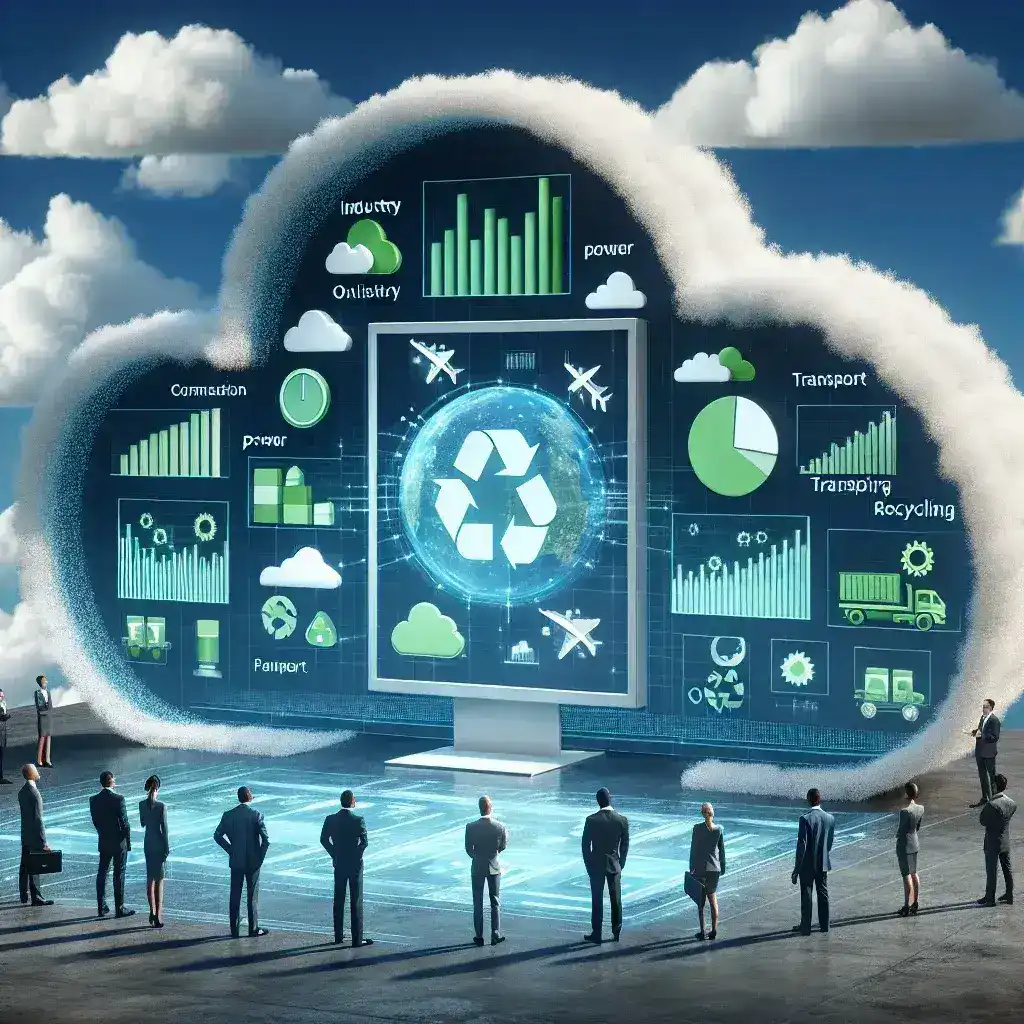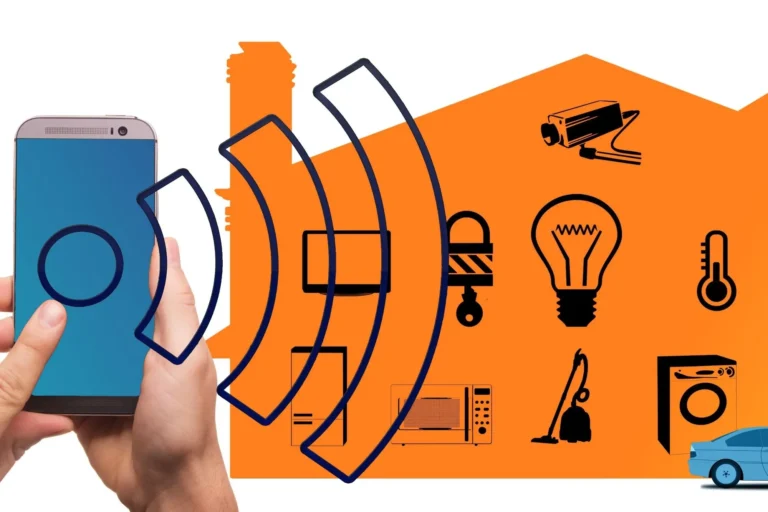Microsoft Azure Unveiling Sustainability Dashboard for U.S. Enterprise Clients
Introduction
In a world increasingly focused on sustainability, organizations are under pressure to not only reduce their carbon footprint but also to be transparent about their environmental impact. Microsoft Azure has recently unveiled a cutting-edge sustainability dashboard tailored specifically for U.S. enterprise clients. This innovative tool aims to provide a comprehensive overview of a company’s sustainability efforts, helping organizations navigate the complexities of environmental responsibility.
Understanding the Need for Sustainability
As climate change continues to pose a significant threat to our planet, businesses are compelled to rethink their operational strategies. According to a recent report by the United Nations, global greenhouse gas emissions must be halved by 2030 to limit global warming to 1.5 degrees Celsius. This urgency has led companies to adopt sustainable practices, making it crucial for them to monitor their progress effectively.
Historical Context
The shift towards sustainability isn’t new; businesses have been gradually integrating environmental practices into their models over the past few decades. However, the pace has accelerated dramatically in the last few years. With the rise of ESG (Environmental, Social, and Governance) criteria, stakeholders, investors, and customers are demanding more accountability. Companies that fail to adapt risk not only their reputation but also their bottom line.
Features of the Microsoft Azure Sustainability Dashboard
Microsoft’s sustainability dashboard is designed to simplify the process of tracking and reporting sustainability metrics. Here are some of its key features:
- Real-Time Data Tracking: The dashboard provides real-time insights into a company’s emissions, energy consumption, and waste management.
- Customizable Metrics: Organizations can tailor the dashboard to focus on specific sustainability goals relevant to their operations.
- Benchmarking Capabilities: Users can compare their sustainability performance against industry standards and peers.
- Reporting Tools: The dashboard offers automated reporting features, making it easier for companies to share their sustainability progress with stakeholders.
- Integration with Existing Systems: The dashboard can seamlessly integrate with existing enterprise resource planning (ERP) systems, ensuring a holistic view of sustainability efforts.
The Benefits of the Sustainability Dashboard
The introduction of the sustainability dashboard by Microsoft Azure brings numerous benefits to U.S. enterprise clients:
Enhanced Transparency
With increasing pressure from regulators and consumers for transparency, organizations can leverage the dashboard to provide clear and concise reports on their sustainability efforts. This transparency builds trust and credibility.
Improved Decision-Making
The real-time data provided by the dashboard empowers organizations to make informed decisions regarding resource allocation and sustainability initiatives.
Competitive Advantage
Companies that prioritize sustainability are not only doing their part for the planet but are also positioning themselves as leaders in their industry. This can lead to enhanced brand loyalty and customer retention.
Cost Savings
By identifying areas for improvement, organizations can reduce waste and energy consumption, leading to significant cost savings over time.
Case Study: A Fortune 500 Company
To illustrate the impact of the sustainability dashboard, consider a hypothetical Fortune 500 company that implemented Microsoft Azure’s solution. Within the first year, the company was able to:
- Reduce its carbon emissions by 25%.
- Implement energy-efficient practices that saved over $1 million in operating costs.
- Achieve recognition as a leader in sustainability within its industry.
Future Predictions: The Role of Technology in Sustainability
As technology continues to evolve, we can expect further advancements that will enhance sustainability efforts. Artificial intelligence and machine learning will play a crucial role in optimizing resource usage and predicting environmental impacts. The integration of Internet of Things (IoT) devices will also provide more precise data, allowing businesses to make proactive adjustments to their operations.
Challenges Ahead
Despite the benefits, organizations may face challenges in fully utilizing the sustainability dashboard:
- Data Quality: Ensuring the accuracy and reliability of data input can be a hurdle.
- Employee Training: Companies must invest in training employees to effectively use the dashboard.
- Integration Complexities: Integrating the dashboard with existing systems may require additional resources.
Conclusion
Microsoft Azure’s unveiling of the sustainability dashboard for U.S. enterprise clients represents a significant step toward enabling businesses to meet their sustainability goals. By providing real-time insights and customizable metrics, organizations can better track their environmental impact and make informed decisions. As the demand for transparency and accountability grows, solutions like Azure’s sustainability dashboard will become essential tools for businesses committed to making a positive change.
Call to Action
For U.S. enterprise clients looking to enhance their sustainability efforts, exploring Microsoft Azure’s sustainability dashboard could be a game-changer. Embrace the future of responsible business practices and take the first step toward a more sustainable future today.







